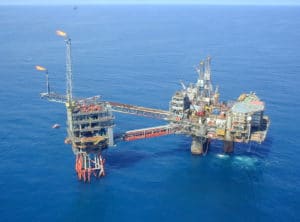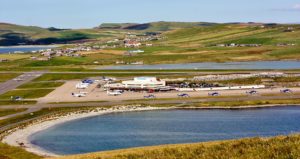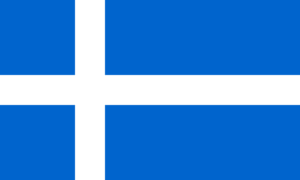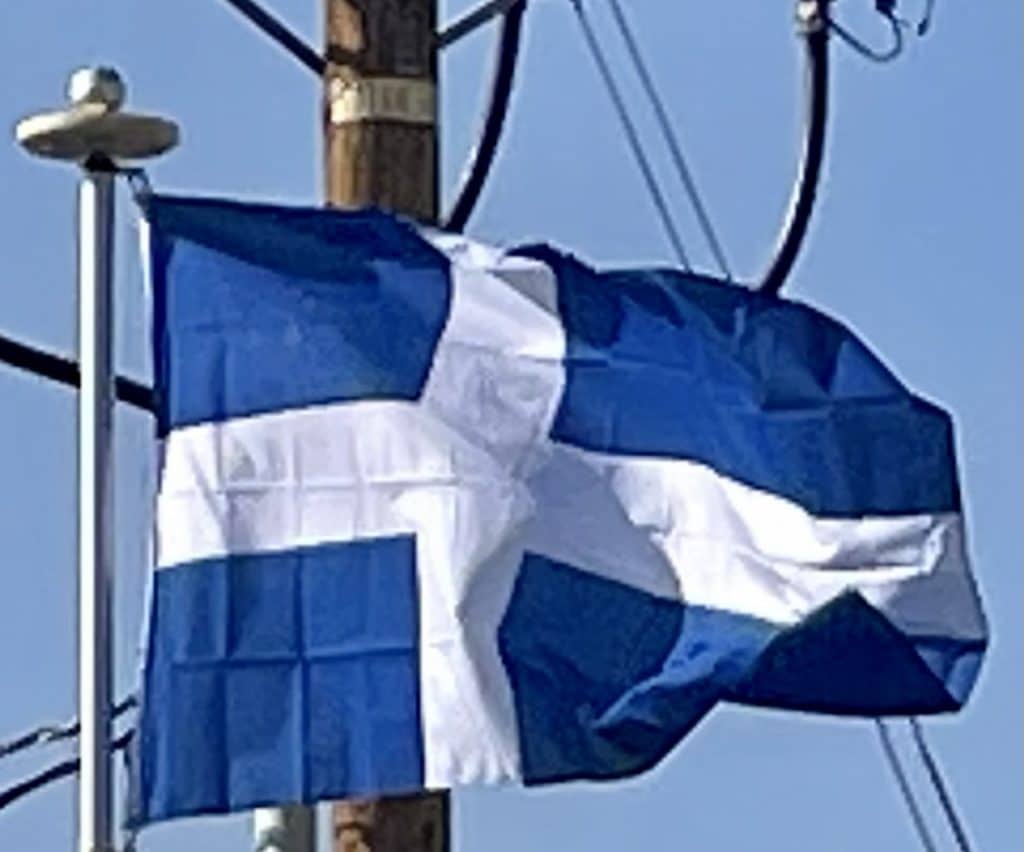
As of February 2021, information on the Promote Shetland Web site indicated that “Shetland is less reliant on tourism than many Scottish islands” and that oil was an important sector of the economy. The “process of gradually transitioning from oil to clean renewable energy … production of clean hydrogen” was also emphasized. Fishing remained the primary sector and was expected to grow.
Transportation:
Transport between islands is primarily by ferry, and Shetland Islands Council operates various inter-island services. Shetland is also served by a domestic connection from Lerwick to Aberdeen on mainland Scotland. This service, which takes about 12 hours, is operated by NorthLink Ferries. Some services also call at Kirkwall, Orkney, which increases the journey time between Aberdeen and Lerwick by 2 hours. There are plans for road tunnels to some of the islands, especially Bressay and Whalsay; however, it is hard to convince the mainland government to finance them.
Sumburgh Airport, the main airport in Shetland, is located close to Sumburgh Head, 40 km (25 mi) south of Lerwick. Loganair operates flights to other parts of Scotland up to ten times a day, the destinations being Kirkwall, Aberdeen, Inverness, Glasgow and Edinburgh. Lerwick/Tingwall Airport is located 11 km (6.8 mi) west of Lerwick. Operated by Directflight Limited in partnership with Shetland Islands Council, it is devoted to inter-island flights from the Shetland Mainland to Fair Isle and Foula.

Scatsta Airport was an airport near Sullom Voe which allowed frequent charter flights from Aberdeen to transport oilfield workers. The airport closed on 30 June 2020.
Public bus services are operated in Mainland, Whalsay, Burra, Unst and Yell.
The archipelago is exposed to wind and tide, and there are numerous sites of wrecked ships. Lighthouses are sited as an aid to navigation at various locations.
Flag of Shetland:
The flag of Shetland is a white or silver Nordic cross on a blue background. The flag uses the colors of the flag of Scotland, but in the form of the Nordic cross in order to symbolize Shetland’s historical and cultural ties with Scandinavia. As with all Scottish flags, its proportions and color shades are not fixed. It was created by Roy Grønneberg and Bill Adams in 1969, to commemorate the 500th anniversary of the transfer of the islands from Norway in the Kalmar Union to Scotland and the 500 years before as part of Norway.

The flag is widely used privately by Shetlanders both on land and sea and is now seen as a symbol of the Shetland identity. In 2007 a “Shetland Flag Day” was introduced by the Council, who hope the day will be used to “celebrate all things Shetland”. After almost forty years of unofficial use, the flag was formally granted by the Lord Lyon King of Arms, the heraldic authority of Scotland, on 1 February 2005, in time for the Island Games in July 2005 in Shetland.
